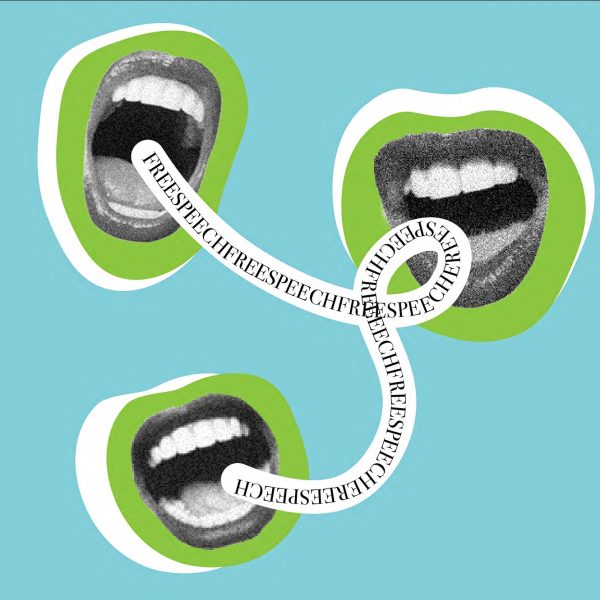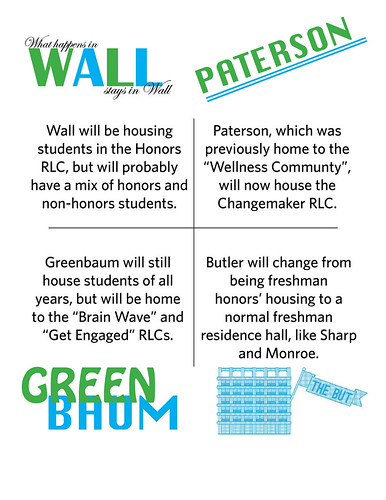HRL introduces new residential learning communities
February 3, 2016
As incoming freshmen select on-campus housing this summer, they may be considering more options than the usual “Monroe or Sharp?”
Starting with the 2016-17 school year, Housing and Residence Life will launch a series of changes in the residence halls, including new residential learning communities and housing first-year honors students in Wall Residential College, rather than Butler Hall.
“80 percent of a student’s life at their university is outside the classroom …learning communities allows for those relationships that don’t organically grow in the classroom,” Brian Johnson, assistant vice president of student affairs for Housing and Residence Life, said.
Paterson House, currently a Health and Wellness Community, will become a residential learning community available for students involved in Tulane’s Changemaker Institute. Tulane currently houses the Phyllis M. Taylor Center for Social Innovation and Design Thinking. Within the center is the Changemaker Institute, a student-led social incubator that allows students to turn their ideas for social change into reality. Becoming a part of the Changemaker Institute is an extracurricular commitment, and students must first be accepted into the program before applying to live in the community.
Additionally, there will be an incentive of $200 additional WaveBucks for up to 50 non-first-year students to live in Paterson.
Even though Paterson will no longer be a Health and Wellness living-learning community, the new Brain Wave residential learning community in Barbara Greenbaum House at Newcomb Lawn will provide a similar experience. Brain Wave, exclusively for first-year students, will stretch across a variety of disciplines, allowing students to live in an environment that values health and wellness and also has a neuroscience and public health framework.
Greenbaum will continue to house the Get Engaged residential learning community, which centers on civic engagement, alongside Brain Wave.
Emily Meyer | Associate Layout Editor
Wall, rather than Butler, will house first-year honors students starting in the 2016-17 school year. According to Johnson, a key factor in deciding to now house honors students in Wall is the availability of a faculty-in-residence. Wall also boasts smaller floors and more modern amenities than Butler.
“I like how big the rooms are and how close-knit the floors are … I feel like the facilities are a lot more accessible [in Wall]; the common rooms are a lot more home-friendly … The building itself is just nicer and homier [than most other Freshman dorms],” freshman Wall resident Emory Babcock said.
Wall, however, costs $1,056 more annually to live in than Butler. Some current Wall residents believe the extra cost is worth it.
“That cost is offset by the fact that you have your own bathroom and very easy access to kitchens, which allows for a much easier transition into living on your own,” freshman Wall resident and Honors Program member Prakriti Mehta said.
Despite the variation in dorm pricing, the main concept behind them remains the same: building a close campus community.
Johnson said that having these academic communities truly allows students to connect with their peers on a personal, academic and collaborative level.
“The true value is to connect the academic experience into the residential experience,” Johnson said.





















Leave a Comment